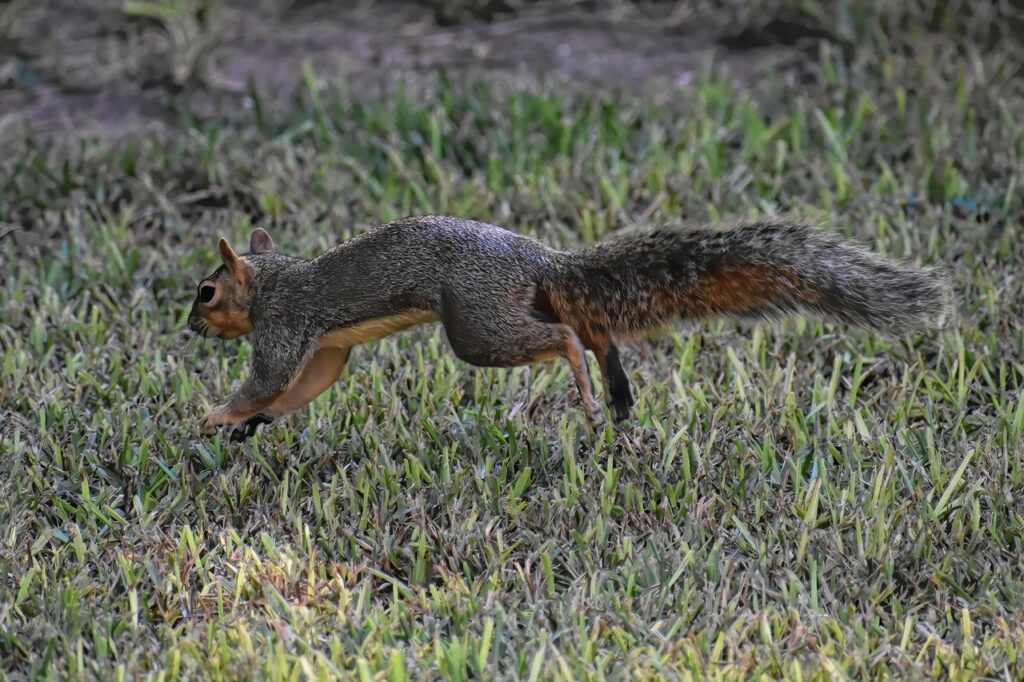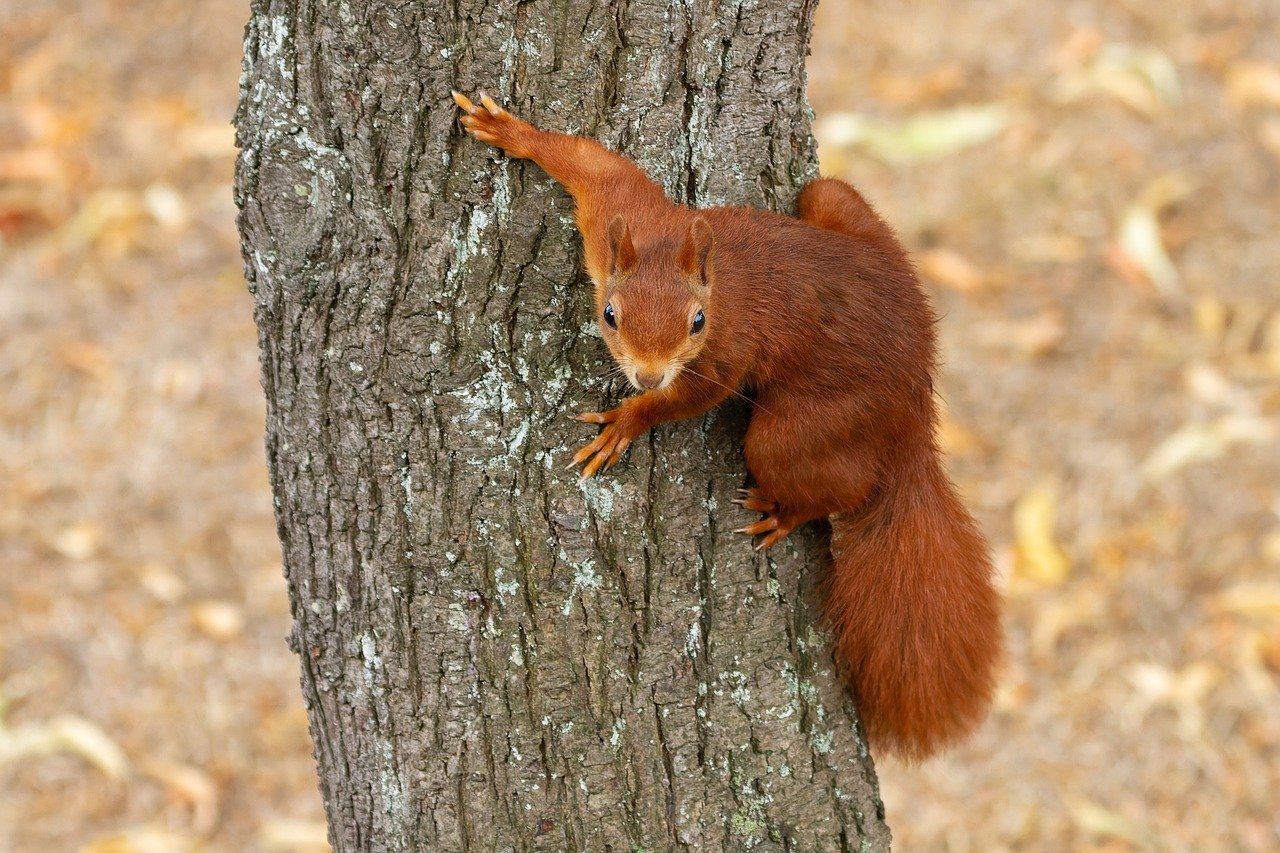When it comes to aggressive creatures, squirrels are probably not the first animals that spring to mind. But don’t let their cuteness and seemingly timid nature fool you. They can still be aggressive and attack — leading to potential health risks. Squirrels thrive near humans and so these health risks are closer than you think. Here’s everything you need to know about aggressive squirrels.
Why aggressive squirrels should concern you
- Squirrels attack, leading to potential health risks. Squirrels can attack you, resulting in puncture wounds from squirrel bites. These wounds are dangerous because they can bleed and damage your skin, especially when they are deep. They can also get infected, giving you more symptoms like oozing and swelling. A dirty wound is more likely to be infected, and you may even need a tetanus shot booster. If you have been bitten by any kind of animal, seek medical attention immediately. Rabies with clinical symptoms virtually has a 100% fatality rate. Squirrels are not known to spread rabies to humans, but you can never be too careful.
- They are actually naturally timid. Squirrels are docile animals. They don’t want you around. They just want to be left alone while they look for food and water. But this doesn’t mean you should be complacent around these rodents. Like any other animal, they can attack, especially when they are trying to protect their young or they are feeling cornered and have no choice but to fight. Life is not a Disney movie where you can approach animals without bad consequences. In the real world, even a naturally timid squirrel can give you a bad time.
- These rodents can thrive inside your home. Squirrels have a lot of natural predators. They want to have a safe place where they can thrive. Unfortunately, your home is very attractive. It’s not just warm and free of predators. It’s also full of food and water. It’s even worse if you have a garden because these rodents like to eat plants, fruits, vegetables, and nuts.

How to deal with aggressive squirrels
- Know the signs of aggressive squirrels. The most obvious signs of aggressive rodents are the chattering of teeth, growling, and the stamping of feet. But signs of aggression are not always obvious, especially in squirrels. A squirrel flicking around with its tail up is likely to be feeling combative. A squirrel arching and swishing its tail is also believed to be displeased. It doesn’t help that squirrels in urban settings seem to be bolder compared to their rural counterparts. Squirrels view humans as threats when we get close, more so than foxes and their other natural predators.
- Don’t try to touch them or play with their young. No matter how cute you think squirrels are, don’t try to touch them. They may see your approaching arms and hands as threats. This is even more true when it comes to baby squirrels. Just don’t touch them, especially if their mother is around. The mother can become overprotective and attack anyone who tries to even touch her young. Not touching squirrels is easy if you are an adult. But your children may not be as mature and smart. Make sure to tell them not to touch wild animals — squirrels or otherwise — even those inside your property.
- Startle them to scare them away. Since squirrels are naturally timid and vulnerable, they are easy to startle and scare away. You can use this to your advantage to keep squirrels out of your property. Many homeowners use motion-activated sprinklers. These sprinklers spray water every time they detect unnecessary movement in your garden, lawn, or yard. Birds are natural predators of squirrels. You can buy fake birds and put them in nearby trees to keep the rodents out.
How to avoid aggressive squirrels
- Make food and water inaccessible. The best way to avoid aggressive squirrels is to not have squirrels on your property at all. One way to do this is to get rid of squirrel attractors, particularly food and water. Don’t leave pet food and water bowls unattended. If you have bird feeders outside, put squirrel guards on them or other mechanisms that will make the bird feeders inaccessible to foraging squirrels. However, making food and water inaccessible is easier said than done, especially if you have a thriving garden. At this point, you should be looking into garden fences and greenhouses.
- Cut off potential bridges to your home. Many times, squirrels use bridges to get inside parts of your home, such as your basement or roof. For example, they can climb up electrical poles and trees and use wires and tree branches to get to your roof. And they can thrive there on your roof, gnawing wood and electrical equipment. It’s important to cut off these potential bridges. You can easily cut tree branches, but wires are a different story. You may want to cover wires with PVC pipes instead.
- Fortify your property. Make your entire property a fortress. This way, squirrels and other pests won’t be able to infiltrate easily. This is useful advice for those with gardens because they have a lot of pest attractors. Garden fences, meshes, nets, row covers, and wires are some of the most accessible choices for barriers. But make sure to build them high enough and with minimal gaps. If they are still not effective, consider building an entire greenhouse to completely cover your garden that is attracting these rodents.

Squirrels may be timid, but they can attack
Squirrels are naturally timid. But like any other animal, they have a fight-or-flight response. If they see you as a threat, and they will if you are close enough, they can attack, leading to squirrel bites, punctures, and infections.
If you see a squirrel chattering its teeth or wagging its tail, stay away from it. It’s in a combative state. Better yet, stay away from squirrels altogether, whether they look combative or not. This is one of the surefire ways to stay safe from aggressive squirrels. The best way, however, is to not have squirrels on your property at all. And you can achieve this by getting rid of squirrel attractors, cutting off potential passageways, and surrounding your property with barriers.


I had no idea about their body language. When I was child, I was at a summer camp in Northern Arizona. When I was there, I was taking a photo of a friend, and a big red colored squirrel jumped on the log that my friend was sitting on, and was chattering at her and waving its tail like a mad cat. We both screamed and ran away from it. Its good that on a psychological level we both knew to get away from it.
Hi H,
Thanks for sharing this story with us. Good that you recognised the signs and ran away!
Best wishes,
Deal With Pests